Self Portrait
Research:
Cindy Sherman is an American photographer and film director; her work raises challenging and important questions regarding the role and representation of women in society. Throughout her career, Cindy Sherman has explored many themes including deception, fiction, myth, fairy tale, and gender and class identity. She has also addressed the experience and representation of aging in a youth and status obsession context.
Cindy Sherman works as her own model in a range of costumes, taking up multiple roles, each authored, directed, and designed by herself, and taken alone in her studio. Each persona is used as a tool for critism on a variety of modern world issues regarding the role of the women, artist and more; they can be perceived as being amusing and disturbing, distasteful and affecting.
| My Response: Cindy Sherman’s self portraits express the issues surrounding representations in society, especially the representations of women. The examples of her work which I have chose express an exaggeration of the extremes women go to in order to fit in with society’s expectations. There is a clear over-use of make up, hair styles and colours in general. |  |
 |
The first image represents the ‘dumb blonde’ stereotype of women that have bleached hair, wear too much make up and fake tan to the point of appearing orange. This stereotype expresses the extremes women go to in order to fill society’s ideals. The second image represents a similar issue, where women wear too much make up and style their hair to extremes that are perceived as fashionable. This photograph also presents a ‘candy style’ approach, especially in the headband and jewellery. This perhaps represents a child-like mind set of wanting approval from society. |
My Response:
Looking at Cindy Sherman’s work I took photographs of myself in a few different styles, expressions and experimented with different perspectives. At first I experimented with a low angle shot, shadowing my face and making the focus my hair and the way it falls. I’m quite fond of this photograph there is a strong contrast between the shadows if the face and light of the background, it also challenges typical standards when it comes to portrait photography, making the focus be on anything but the face. I did try and lighten up the photograph so that my face was more visible but it made the photograph become over exposed and grainy.
Following on from my previous photograph I again took a photograph that’s main focus is my hair rather than my face. Unlike the tensity and seriousness of the expression in the previous photograph, in this one I expressed anger or rather annoyance, reflecting how much I don’t like taking photographs of myself.
I later went on to take photographs at a typically standard level, focusing on my face but with it still being obstructed in some way; such as with my hair or with the angle in which I face. The first of these photographs presents a similar expression as the previous two photographs, one that is serious and controlled. The second presents an expression that is much more relaxed and expressive, appearing fun and yet it still seems to bring the same atmosphere as the previous photographs. With these photographs the use of black and white again presents a strong contrast between the shadows and the lights, especially when it comes to the highlights within my hair.
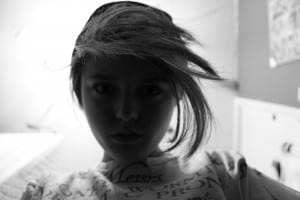 |
 |
 |
 |
 |
 |
Looking back at Cindy Sherman’s work I continued to experiment with character personas, moving away from the seriousness of the previous photographs and on to one that is more natural to myself and then one that is drastically different from myself but taken using the same make-up, lighting and clothing. In both photographs I used strong natural lighting that unfortunately over exposed my skin but also exaggerates the highlights in my hair so that it appears almost white. The first of the photographs appears more natural to who I am, whereas, with the second photograph I have made myself appear as though a stereotypical, feminine and self obsessed Instagram girl, the only issue with this being that my shirt doesn’t suit the effect I was going for.
Known Portrait
Research:
Sally Mann is an American best known for her black and white photographs of her young children as they grow up. From 1984 to 1994, Sally Mann documented her children as they grew up, presenting their lives from childhood to adolescence in photo form. Her photographs from this series, Immediate Family, breathes atmosphere, capturing her children as though through their mother’s eyes, portraying the events in the way that any mother would see in regard to their own children.
“Few photographers of any time or place have matched Sally Mann’s steadiness of simple eyesight, her serene technical brilliance, and the clearly communicated eloquence she derives from her subjects, human and otherwise – subjects observed with an ardour that is all but indistinguishable from love.” – Reynolds Price, Time Magazine (2001)

My Response:
Having looked at Sally Mann’s photography style I decided to incorporate it into my own photographs, capturing photos of my sister during everyday moments. The only issue I found with this is that my sister tends to pose a lot when a camera is involved. The first photograph was taken using the camera flash and high shutter speed in order to capture the motion of her hair as it falls. The next photographs I took against a window, presenting a silhouette and hard shadows with a slight over exposure on the window but this only increased the presence of the contrast between the two.
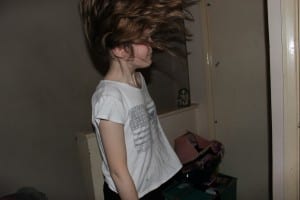 |
 |
 |
 |
 |
 |
Continuing with my photographs I again captured them during everyday moments like Sally Mann does with her children. With my next photographs they were taken outside using natural light. For these I was focused on presenting a close up on the face, revealing all the small details and focusing on the eyes as these are said to be the windows to the soul, making the looker able to read what someone is thinking and feeling.
More Research:
Jess Morgan is an English photographer who specializes in family and child photography. Her work prefers to use natural light due to how it changes over time and its beauty and soft quality. The natural colours capturing authentic, emotive photographs of real family connections. The use of bright colours also signify the brightness and happiness within the photograph, such connections to childhood and the warmth of joy it has, no responsibilities, no worries, just carefree attitude and authentic fun.
Second Response:
With my second response I took photographs of people from class, again using natural light both outside and against a window. The window photos came out with a blue tint creating a cooling effect and making Callum appear to be as though deep in thought and quite angelic. The lighting within these photographs also falls in such a way that it reveals the outline of Callum’s face, and expressing the curves to make him stand out against the window.
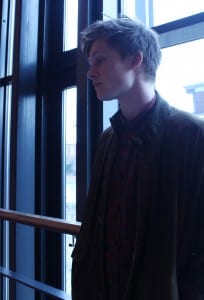 |
 |
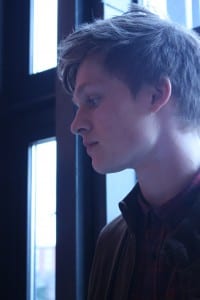 |
 |
 |
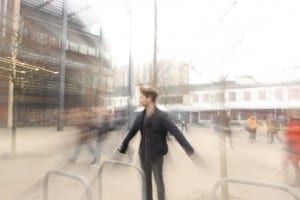 |
In contrast to the window photographs of Callum, I have captured photograph outside while the sunlight was quite strong and this created a warming effect. These photographs I captured of Gabriel presented leading lines of the shipping crate and a warmth that went well with his skin tone. The photographs are also represent of fashion photograph with the framing and positioning of Gabriel on the corner of the shipping crate, creating an effect that makes Gabriel stand out.
Stranger Portrait
Research:
Dorothea Lange was an American documentary photographer and photojournalist; her work from the Great Depression (1930s) humanized the consequences from that era, and influenced the development of documentary photography. Her photographs during 1935 to 1939 consisted of homeless, unemployed and struggling individuals, documenting everyday life. These photos was distributed free in newspapers across the country (becoming icons of the era) and brought the conditions of the poor (and forgotten – particularly sharecroppers, displaced farm families and migrant workers) to the public’s attention.
|
My Response: Dorothea Lange’s photographs capture the real life struggles of strangers. These photos express raw emotion, they aren’t staged with the person being told how to react so they tell the truth of the era and the struggles faced. They are also taken in a time when the strangers to Dorothea Lange aren’t putting on an act for the camera as they are concerned by far more important things. This leaves the photos to express a raw and honest representation of the time period and the people who lived in it. |
Migrant Mother (1936) is Florence Owens Thompson:
“I saw and approached the hungry and desperate mother, as if drawn by a magnet. I do not remember how I explained my presence or my camera to her, but I do remember she asked me no questions. I made five exposures, working closer and closer from the same direction. I did not ask her name or her history. She told me her age, that she was thirty-two. She said that they had been living on frozen vegetables from the surrounding fields, and birds that the children killed. She had just sold the tires from her car to buy food. There she sat in that lean-to tent with her children huddled around her, and seemed to know that my pictures might help her, and so she helped me. There was a sort of equality about it.” – Dorothea Lange, 1960.
My Response:
For this set I used Dorothea Lange’s style of documentary photography, I captured the upstaged actions of strangers while they go about their business and thus expressing raw and honest emotion. From this I didn’t capture their face but rather their actions such as the girl looking at the art work in a gallery and the two people walking on the beach, unknowingly being photographed. The effect of photographing them without their knowledge captured real and authentic motion as they aren’t putting on an act, far more concerned by more important things.
 |
 |
 |
 |
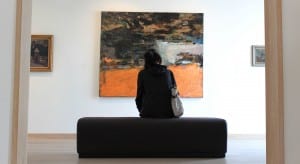 |
 |
More Research:
Cecil Beaton was an English writer and photographer whose work inspired many photographers around the world. Cecil Beaton was recognised to be a part of a group of friends who shared a way of seeing the world with a particular aesthetic, a sense of the eccentric and surreal, even though at that time it was probably limited to their rather exclusive version of England.
|
|
After being a fashion photographer for “Vanity Fair” and “Vogue” in the 1920s and 1930s, where he earned renown for a unique style of using unusual backgrounds for his photographs. Cecil Beaton’s fame grew to the point where he was hired to photograph the wedding of the Duke and Duchess of Windsor in 1937, and Queen Elizabeth in 1939. |
| Cecil Beaton photographed royalty often, a task that when taken requires a certain sense of respect, especially as royals are traditionally represented to be photographed (or painted) in a specific way. He used many different materials when creating his portraits, including props and backdrops that looked back to the traditions of 19th-century studio photography. |
|
 |
My response: Many photographs, like the ones used in “Vogue” magazine, lack connection a with the audience, compared to photographs that are captured in a candid moment that was not prepared. Photographs such as these possess memory and connections to the moment, removing distance. Cecil Beaton’s photographs of the royals however, possess this connection, signifying that he had a closer relationship with the royals than other photographers of the time. This connection is clear in the expressions on the royal’s faces, presenting real, genuine warmth and enjoyment, bring the photograph to life with the memory of the moment. |



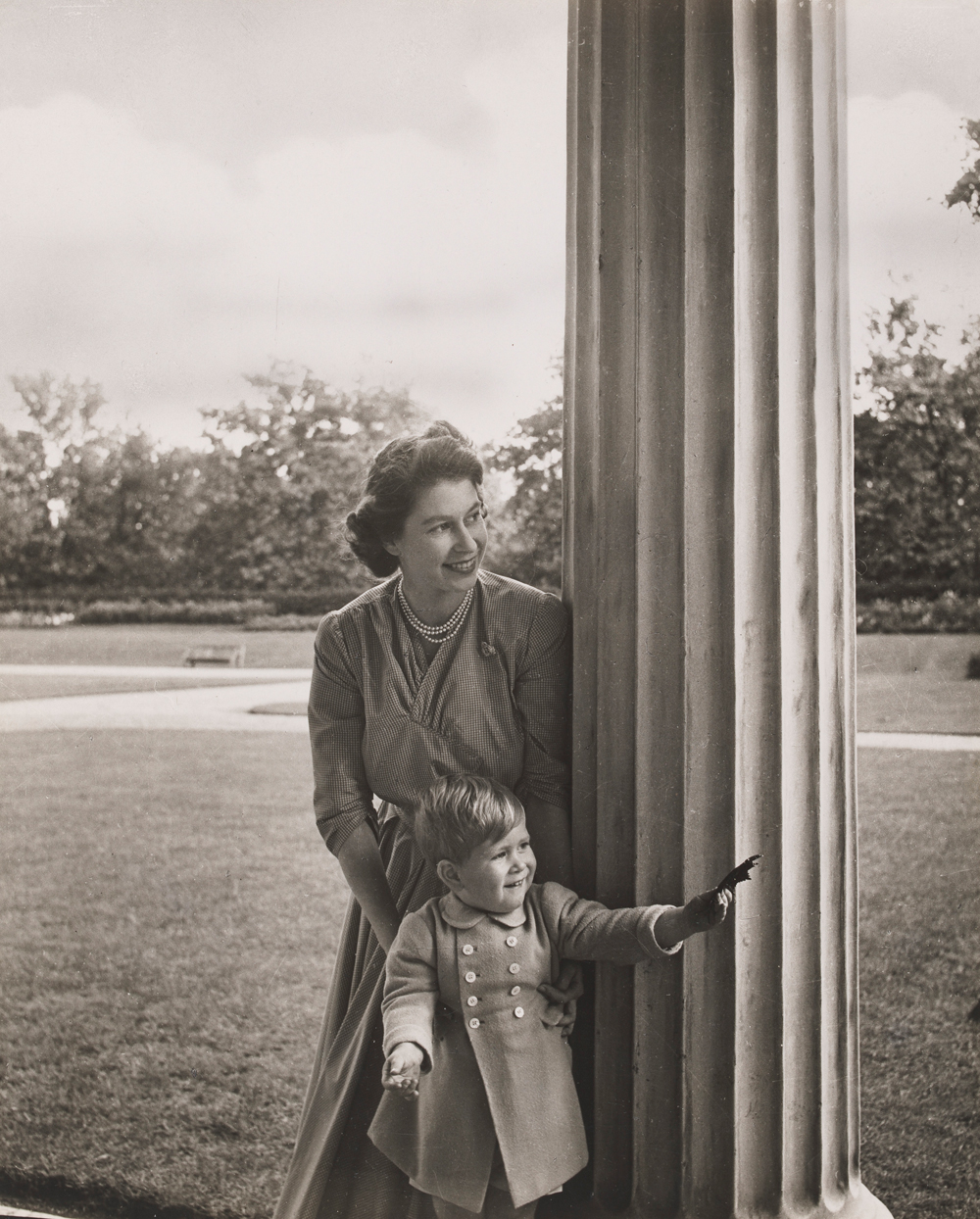
Leave a comment